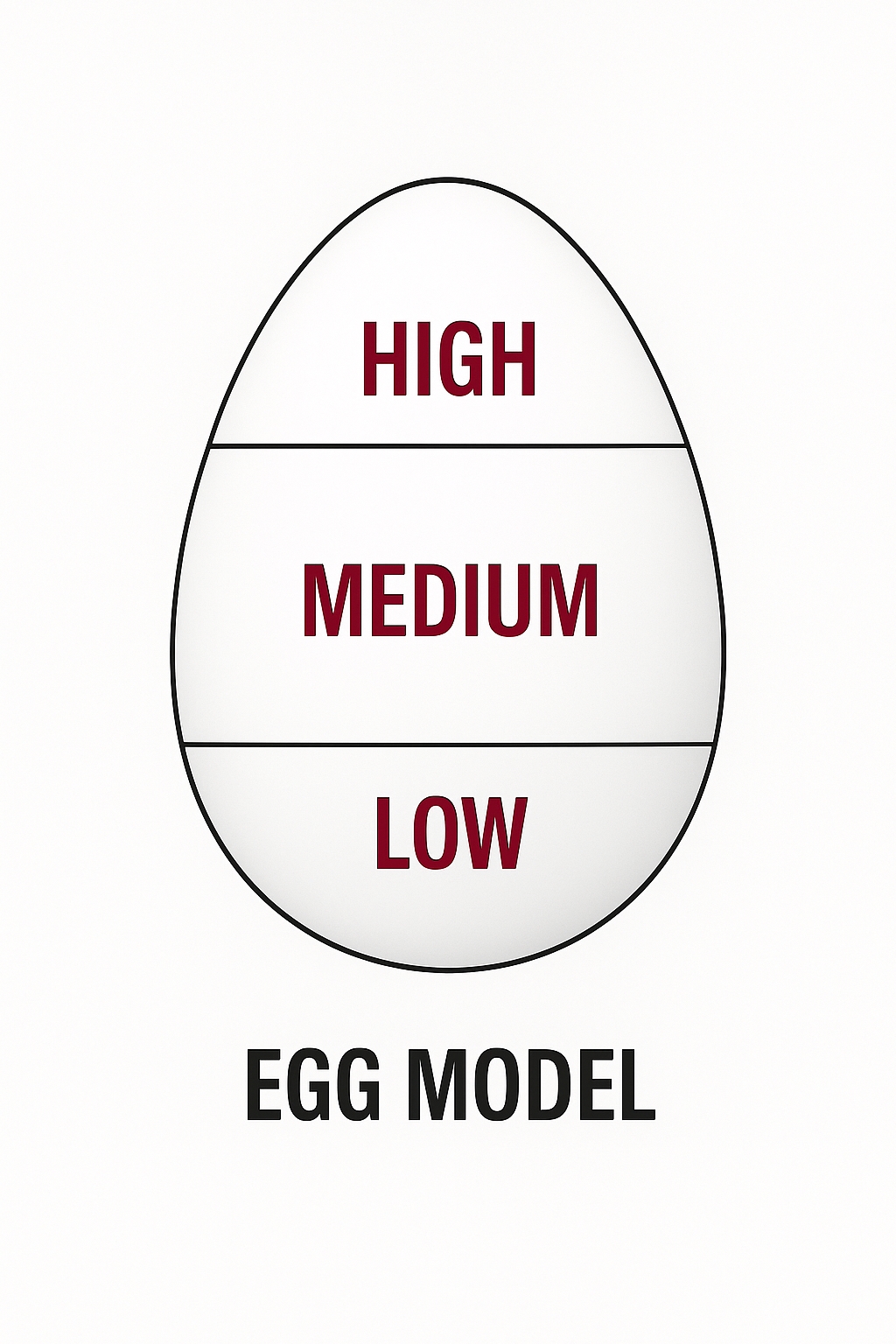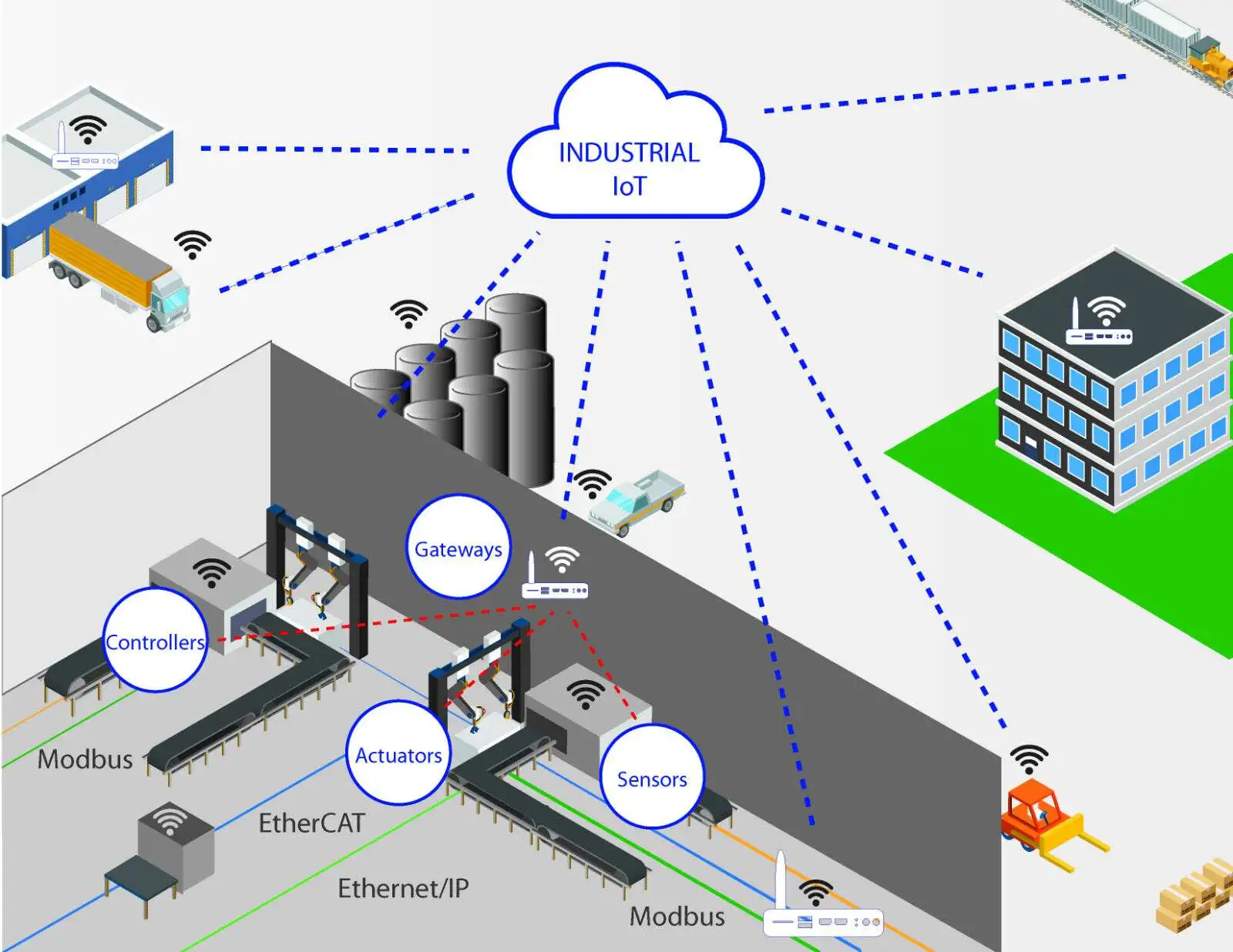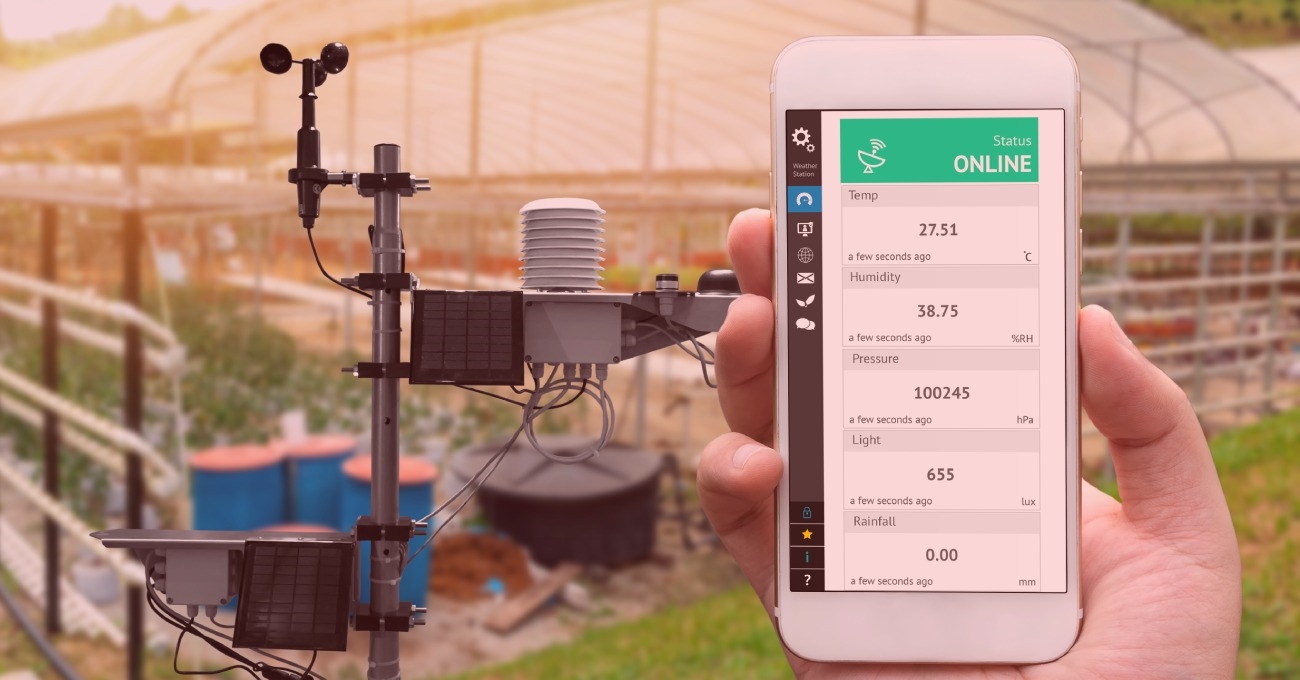The Internet of Things (IoT) connects diverse devices to the internet, enabling applications in consumer, industrial, and governmental sectors. This article explores IoT¡¯s origins, market trends, and the wireless standards driving its implementation.
What Is IoT?
The internet began as a network of wired military and government computers. Over time, it expanded globally, with the World Wide Web enabling public information sharing. The advent of Wi-Fi and cellular technologies, coupled with smartphones, untethered internet access from specific locations, allowing connectivity almost anywhere.
Beyond computers, devices like sensors, controllers, and monitoring equipment gained computing and networking capabilities. Coined in the early 21st century, the term IoT describes this growing array of connected objects. In 2005, the International Telecommunication Union defined IoT as a network of smart objects communicating with minimal or no human intervention, typically via gateways to platforms that collect data from sensors and devices.
Today, IoT encompasses countless connected devices, surpassing the global population over a decade ago. IoT platforms connect hardware to network applications for data processing and storage, with layers for data management and user applications that monitor devices or issue commands, such as locking doors or opening garage doors.
IoT platforms offer:
- Adaptability to changing conditions or user inputs.
- Unique identities, like IP addresses, for remote monitoring and control.
- Automatic configuration for collaborative system functionality.
- Network integration for communication between nodes and infrastructure.
- Decision-making to adapt to environmental changes.
IoT Market Trends
IoT adoption is accelerating across consumer, enterprise, and government sectors, with applications in home electronics (e.g., TVs, entertainment systems), appliances (e.g., washers, dryers), automotive components, security systems, and wearables like smartwatches and health monitors.
Market forecasts highlight IoT¡¯s growth:
- By 2025, the global IoT market is projected to reach $1.6 trillion.
- Smart cities, driven by AI and IoT, will account for 60% of global GDP by 2025, representing a $2 trillion market.
- Healthcare IoT is expected to reach $534.3 billion by 2025.
- Precision agriculture, leveraging IoT for efficiency, is forecasted at $43 billion by 2025.
Wireless Standards for IoT
IoT devices rely on wireless standards like Bluetooth, Wi-Fi, Zigbee, and proprietary solutions, selected based on range and data type (e.g., media or sensor-control data). However, the variety of standards creates a fragmented ecosystem, complicating user experience.
Interoperability Goals
Interoperability enables seamless collaboration between products and systems. Consumers expect plug-and-play functionality across devices, without compatibility concerns. Currently, diverse standards and proprietary solutions hinder this, requiring users to verify compatibility with existing networks, such as those using Alexa, Google Assistant, or Siri.
Matter: Simplifying Connectivity
To enhance interoperability, companies like Amazon, Apple, Google, and Samsung support Matter, a standard aiming to simplify IoT ecosystems. Operating over IP, Matter provides predefined schemes for device communication, enabling devices to recognize and interact with each other. For example, a thermostat can share temperature and fan data in a standardized way.
Matter supports end devices communicating via Wi-Fi pods, which connect to routers and extend network coverage, eliminating dead zones. By integrating standards like Wi-Fi, Zigbee, and Bluetooth, Matter promotes plug-and-play functionality, freeing consumers from proprietary ecosystem constraints.
Ultra-Wideband (UWB)
Ultra-wideband (UWB), based on IEEE 802.15.4a and 802.15.4z, offers precise micro-positioning for IoT, measuring distances with centimeter-level accuracy indoors and outdoors. With low power consumption, UWB supports data rates up to 27 Mbps, enabling battery-powered devices to operate for years without recharging.
UWB enhances applications in smart homes, automotive keyless entry, secure payments, and Industry 4.0. Unlike Bluetooth or Wi-Fi, which provide approximate locations, UWB pinpoints assets precisely, such as keys under a couch cushion. It also supports gesture-based controls, like lights activating upon entering a room.
The FiRa Consortium ensures UWB interoperability, enabling applications in augmented reality, smart homes, and mobile payments.
5G and Wi-Fi 6/6E
5G and Wi-Fi 6/6E drive IoT adoption. Wi-Fi 6 offers faster speeds, higher capacity, lower power consumption, and enhanced security. Wi-Fi 6E extends these benefits to the 6 GHz band, providing additional non-overlapping channels to reduce congestion and latency.
Wi-Fi 6/6E supports small-scale IoT networks, like smart thermostats and security cameras, while 5G provides global coverage for mobile devices. 5G applications include enhanced mobile broadband, ultra-reliable low-latency communications, and massive machine-type communications, supporting diverse IoT devices.
5G¡¯s edge computing capabilities enable faster data processing, advancing IoT in wireless and wired ecosystems. Unlike Wi-Fi¡¯s unlicensed spectrum, 5G¡¯s licensed bands may incur additional deployment costs.
 ALLPCB
ALLPCB







